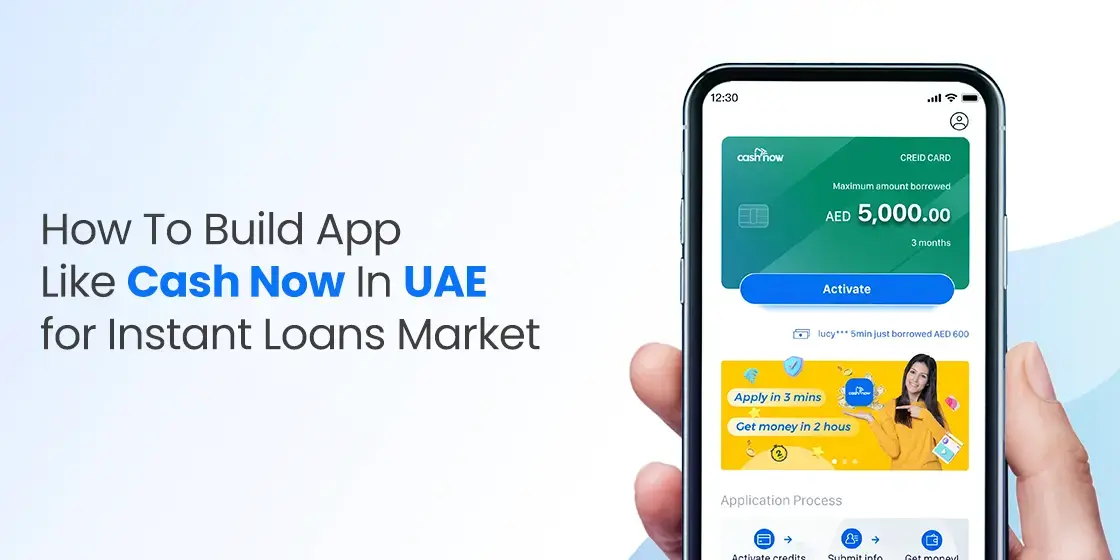Table of Content
Learn the Step-by-Step Process to Build a Single Page Application
Single-Page Applications (SPAs) have revolutionized the web experience in recent years, offering users a seamless and interactive journey, especially on mobile devices where scroll actions are naturally easy. Unlike traditional websites that require a full page reload with each user interaction, SPAs dynamically update the content within the same page, creating a more fluid and responsive user experience.
Think of popular web applications like Gmail or Facebook. These platforms feel more like desktop applications, with smooth transitions between different sections and instant updates without the need for page refreshes. This enhanced user experience is achieved through the use of JavaScript frameworks and libraries that handle the dynamic updating of the page content.
Building a single-page application might seem daunting, but with the right approach and the availability of powerful tools, it can be an achievable and rewarding endeavor. In this guide, we will provide a comprehensive overview of the key steps involved in building a successful SPA, as per the step-by-step guide followed by professional mobile app development services.
Let’s begin.
Understanding Single-Page Applications Vs. Traditional, Multi-Page Apps – An Overview

Let’s start with understanding what single page applications are, and how they are different than traditional, multi-page applications. Lets start with the single page applications. As the name suggests, single page applications are designed to work as if all the content is on a single page. And as you scroll down, different sections of the page load dynamically to continue your journey.
Unlike multi-page apps, they do not require the app to refresh or load an entire page when you want to view a new section of the content. Now, this type of mobile app development may sound weird or redundant, especially if you are a PC user. However, for users with mobile devices, such as phones and tablets, or even laptops with touch screens that allow smooth scroll actions, this changes the way people interact with your app.
In short, it helps them make less effort to access new information, because all they need to do is scroll down, which is a natural and effortless task on mobile devices. And therein lies the main difference between single page app development and multi-page app development, which is why many minimum viable product examples prefer single-page designs to multi-page.
How to Build a Single Page Application Easily in 2025 – A Quick Guide

Now that you know the difference between the two types of app development, you might be wondering how to go about and build a single page application easily in 2025. Well, that’s where we come in. Here’s a quick and easy process to follow if you want to create single page applications for your business quickly.
Let’s take a closer look at it.
Step #1. Project Planning and Setup
The first part of any project is the planning and setup phase, which requires you to perform the following activities. A well-developed project plan is the lynchpin to any successful project, and dictates how predictably your single page application will perform.
- Define Project Scope and Goals: Clearly define the purpose and functionality of your SPA. What problem does it solve? Who is your target audience? What are the key features and functionalities?
- Choose a Framework: Select a suitable JavaScript framework or library, especially if you want to go for cross-platform mobile app development. Popular choices include:
- React: A popular and versatile library for building user interfaces.
- Angular: A robust framework for building complex applications.
- Vue.js: A progressive framework known for its simplicity and ease of use.
- Set Up Development Environment: Install necessary tools and dependencies, such as Node.js, a code editor (VS Code, Sublime Text), and a package manager (npm or yarn).
- Project Structure: Create a well-organized project structure with folders for components, styles, data, and other relevant files.
Step #2. Core Development Principles
Once the planning and setup is done, we need to get down to the core development of the product. This includes planning the architecture, the data pipeline, the relevant APIs to be integrated, and even the user interface planning based on the desired user experience.
- Component-Based Architecture: Break down the application into reusable components. This promotes modularity, code reusability, and easier maintenance.
- State Management: Implement a robust state management solution (e.g., Redux, Vuex) to manage and update the application’s data efficiently.
- Routing: Implement client-side routing to enable navigation within the application without full page reloads.
- API Integration: If your application requires data from external sources, integrate with relevant APIs using techniques like fetching data with JavaScript (e.g., using the fetch API or libraries like Axios).
- User Interface (UI) and User Experience (UX) Design: Prioritize a clean, intuitive, and user-friendly interface. Consider user experience factors like accessibility, responsiveness, and overall usability.
Step #3. Testing and Deployment
Finally, once the development is done, you need to test the product to straighten out any kinks and see if everything works the way it should. And once your single page application passes testing, then you need to deploy it, after which you perform another round of testing before giving the all-clear.
- Thorough Testing: Conduct thorough testing at various stages of development, including unit tests, integration tests, and end-to-end tests.
- Performance Optimization: Optimize the application for speed and performance by minimizing page load times, optimizing images, and implementing caching mechanisms.
- Deployment: Choose a suitable deployment strategy, such as hosting the application on a cloud platform (AWS, Azure, Google Cloud), using a hosting service like Netlify or Vercel, or setting up a local server.
- Continuous Integration and Continuous Delivery (CI/CD): Implement a CI/CD pipeline to automate the build, test, and deployment process, ensuring faster and more reliable releases.
What Are Some Key Considerations for Single Page Application Development?

Finally, now that you know how to build a single page application for your business, you should know the key elements that you need to focus on specifically for your app to be a success. These factors dictating the success of your mobile and web app ideas include:
- SEO: Implement SEO best practices, such as server-side rendering (SSR) or using techniques like pre-rendering to improve search engine visibility.
- Security: Implement robust security measures to protect user data and prevent vulnerabilities such as cross-site scripting (XSS) and SQL injection.
- Accessibility: Ensure your SPA is accessible to users with disabilities by following accessibility guidelines (e.g., WCAG).
- Maintainability: Write clean, well-documented code to ensure long-term maintainability and ease of future updates.
Conclusion
Building a successful single-page application requires a combination of technical skills, careful planning, and a focus on user experience. By following these guidelines and leveraging the power of modern JavaScript frameworks, you can create engaging and interactive web applications that deliver a seamless and enjoyable user experience.
Remember that continuous learning and adaptation are crucial in the ever-evolving world of web development. Stay updated with the latest trends and technologies to build cutting-edge and innovative SPAs that stand out from the crowd.

Empower your digital journey with StruqtIO - Your dedicated partner for cutting-edge custom software development, innovation, and digital transformative solutions. Harness the power of technology to elevate your business and redefine your digital landscape today.


